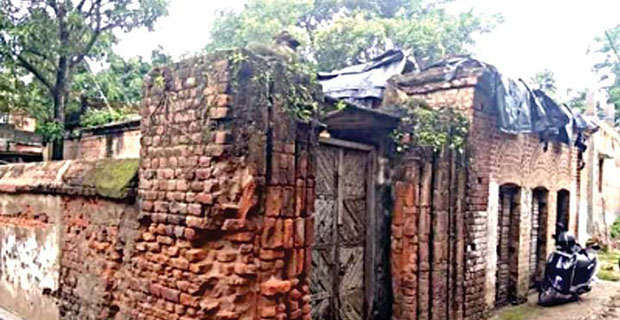Bengal house where Bhagat Singh hid in shambles
As one reaches Uyari village of Khandaghosh community block under West Bengal’s Purba Bardhaman district, he is bound to be gripped by the essence of India’s freedom movement associated with this remote village
KOLKATA: As one reaches Uyari village of Khandaghosh community block under West Bengal’s Purba Bardhaman district, he is bound to be gripped by the essence of India’s freedom movement associated with this remote village.
The point of attraction is not any well-maintained museum, nor any flashy memorial. Rather the nostalgia is associated with a dilapidated building with an underground room that sheltered legendary freedom fighter Bhagat Singh for around 15 days in 1928.
Incidentally, this remote village also houses the ancestral residence of legendary freedom fighter from Bengal and Bhagat Singh’s close associate, Batukeshwar Dutt.
On December 19, 1928, when Bhagat Singh and Shivaram Rajguru went absconding after killing British police officer, John Saunders. According to the records of the Batukeshwar Dutt Conservation Trust, on the advice of Dutt, Bhagat Singh came to Uyari village and took shelter at Dutt’s ancestral residence at the same village.
However, soon they felt that shelter was not safe for Bhagat Singh since the British police and spies had already become active in the area. As per records, Dutt decided to shift Bhagat Singh to a house, owned by a Ghosh family in the same locality, which had an underground room that was not easily detectable from outside. Accordingly, Dutt contacted the members of the Ghosh family, who were sympathetic towards the freedom fighters.
For the next 15 days, that underground room, the entrance of which was covered by a wooden showcase, was the shelter of Bhagat Singh and Dutt. It is said that a major part of the planning for the Central Assembly building bombing was discussed by the two legendary freedom fighters during their underground stay.











Comments.